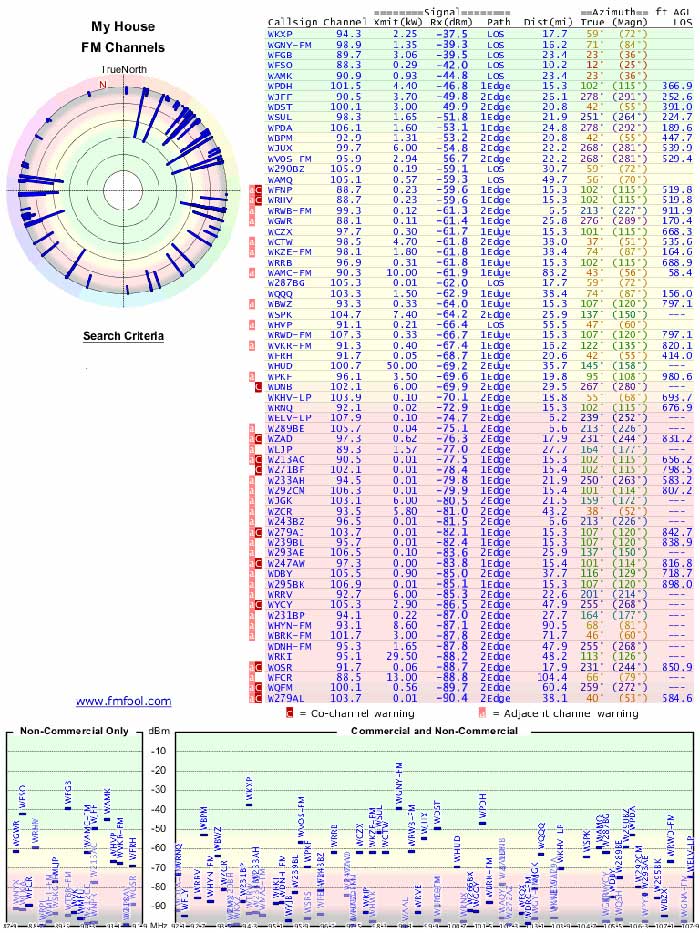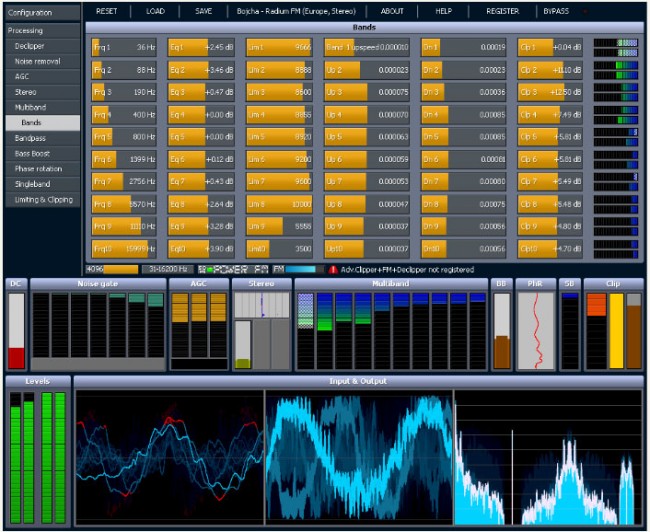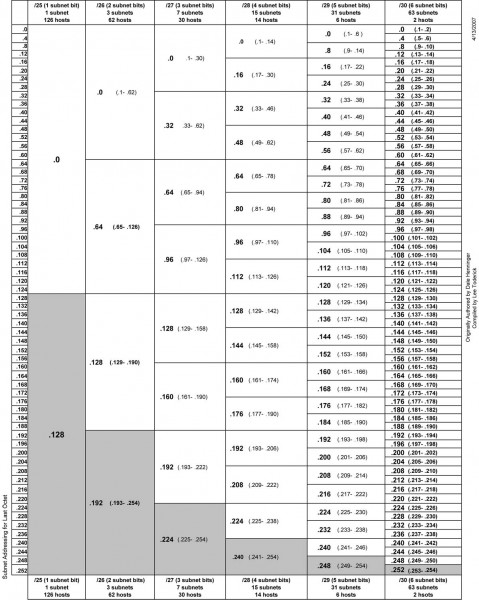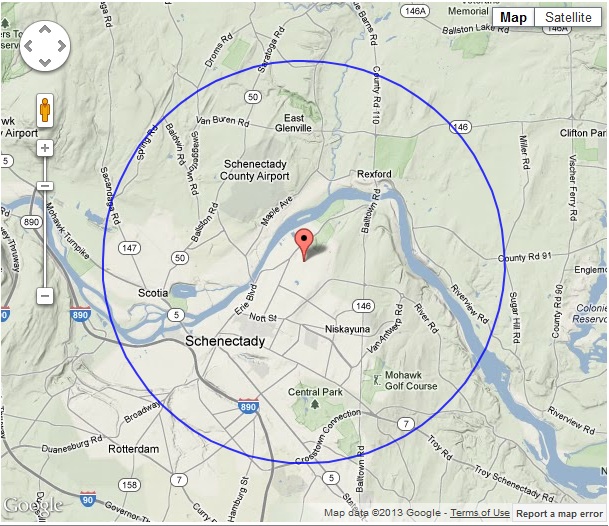Just for geeks, the FM Fool website is. Nonetheless, it is a cool site to look at and can be used as a tool to find out what stations are available in any certain area. Using the FCC database and terrain profile, it will print out a radar plot of all signals for any address in the US:

This plot is for my house based on a 30-foot outdoor antenna and includes all FM stations that are even marginally receivable. We kind of live off to the side of nowhere.
The transmitter database was last updated on July 5, 2012. Longer bars represent stronger signals. Details about each transmitter are provided in the table to the right of the plot.
This is a companion site for the TV Fool website. If you want to see what off-air TV signals are available at any given location, this is the way to do it. A few years ago, I was thinking of getting rid of the Cable TV in favor of off-air reception. Unfortunately, there are only a few off-air TV channels available at my house. Therefore, I threw out the TV. Problem solved.






“A few years ago, I was thinking of getting rid of the Cable TV in favor of off air reception. Unfortunately, there are only a few off air TV channels available at my house. Therefore, I threw out the TV. Problem solved.”
I just laughed so hard that I snorted Mt Dew into my nose. That HURTS!
”Didn’t work for me, either, but not for lack of stations. VSB8 seems more vulnerable to multipath or diffraction than was NTSC. Although we live in an urban area, and have line of sight to most stations, there are river valleys in the paths. Commercial TV antennas aren’t directive enough to reject the many diffraction paths and, of course, signal “strength” doesn’t overcome it. To quote Bendal, et. al. in “DTV coverage and service prediction, measurement and performance indices,” IEEE Transactions on Broadcasting, September, 2001, “It is now clear that methods used to predict the replication of the NTSC service in the United States were idealized and, for the most part, not validated. “ I know others who have similar experiences with over-the-air reception of at least one network affiliate. What keeps the “digital transition” from being a major embarrassment for the broadcast industry and the FCC is that 90% of households depend on cable or satellite anyway and don’t know what they lost.
I read this while I was out in western Nebraska installing an FM for our network. It was neat to see all the stations in the area and what their predicted signal strengths were. I compared with a spectrum analyzer and field strength meter and the readings were off a little but it did give a rough idea of what they should be reading. Oh did the FM on the air and it’s working great!
Mark CBRE
Spirit Catholic Radio-Omaha, NE
Hey Mark, Congratulation on you Transmitter install. It is always fun to hit the plate on or power on button for the first (and second, third, forth, etc) time. I found the signal strengths predicted in the FM Fool website were with in a dB or two of the predicted strength, with a good antenna. I used a discone antenna mounted on the roof of my house. Anyway, it is a fun website. I liked the pictures of your transmitters, I have found the BE T series units to be very solid with excellent tube life.